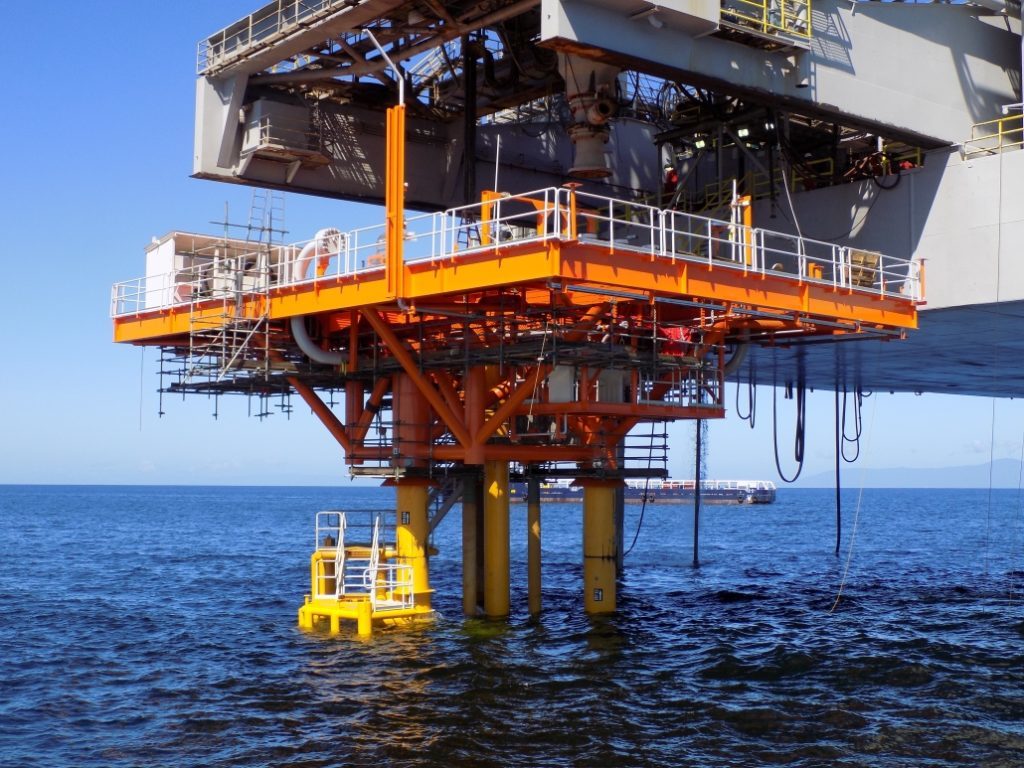
The oil and gas industry is facing pressure to find efficient and commercially viable paths to new production amidst the perfect storm of an energy security crisis, surging inflation, and a challenging investment climate for fossil fuels.
The rapid expansion of renewable energy is good news, but fossil fuels are still required in the medium to short term, which is creating an energy boom cycle.
The UK government, therefore, wants to accelerate production of the North Sea’s offshore wind as well as the estimated 4.4 billion barrels of remaining oil and gas equivalent to fill the void created by Russian import sanctions.
With banks also under pressure to stop investing in new fossil fuel projects, there is a growing financial imperative to improve project economics and produce faster returns on investments.
The challenge
The central challenge is that the oil and gas industry often remains wedded to a ‘waterfall’ project management model, whereby every stage, from platform manufacturing to drilling, happens sequentially and in silos.
For example, production drilling often doesn’t start until after a new platform has been built and installed, which can take up to two years.
But it wasn’t always this way. Processes have previously been substantially expedited by pre-drilling wells during the platform construction phase, which could then be later tied back to the platform, enabling them to be put into production within days after the platform is installed.
This was a common practice but has fallen out of favour in recent years with very few projects taking this approach.
Why has it fallen out of favour?
This tieback approach has been slightly overlooked due to the advent and availability of cheap money, reducing the necessity for a speedy return on investment.
This is combined with a lack of expertise and increasingly siloed oil and gas organisational departments.
Project risks have also increased in recent years with several examples of pre-drilled wells never being successfully tied back and put into production, due to technical issues such as tolerance build-up and a lack of tieback engineering continuity throughout a project’s lifecycle.
The negative impact of suppliers and organisational departments expertly delivering their own elements of a project in isolation should not be underestimated.
Without a tieback engineering function providing continuity and making balanced concessions between seemingly unrelated stakeholders, the project runs the risk of failure being baked into the design from the beginning.
Why tieback?
Tieback engineering from past projects has demonstrated the ability to achieve faster and lower-cost routes to first production by allowing development drilling and platform construction to happen concurrently.
By utilising specialist tieback engineering expertise production, wells can be pre-drilled and suspended, all while the jacket and topsides are being built – this means that production can begin days after installation, shaving several years off production timelines.
Drilling templates, docking piles, pre-drilling and suspending production wells enable multiple wells to be pre-drilled and lower completions to be installed, all whilst detailed design and manufacture of the jacket and platform are being completed.
For this process to be successful it requires all interfaces and design tolerances across different equipment vendors to be balanced at the concept stage through to installation.
This will ensure optimal interoperability, design and alignment for production well tieback.
A neutral convener with tieback engineering expertise can form a connecting thread, uniting a diverse and disparate supply chain for optimum efficiency.
Project management specialists can oversee collaboration and compromise among separate suppliers and organisational departments.
Seemingly minor design, manufacturing or installation tolerances can have a massive effect on the tieback ability of the project, but by communicating, measuring and managing success through the optic of tieback ability disparate stakeholders can be pulled together with a common cause.
If issues arise, such as a missed installation tolerance, other elements of the project can then be assessed where they may have already improved tolerance or be able to make future adjustments to ensure that overall the project remains in alignment.
This makes sure that a successful tieback is incorporated into designs at the concept phase, enabling companies to move from a slow and sequential model of production, towards simultaneous pre-drilling and platform construction.
As an example, at Aquaterra Energy, we supported one energy giant to pre-drill, suspend and tieback six wells while the jacket and topside were still under construction.
This enabled the operator to start production within days of the platform being installed.
Our early-stage, collaborative approach accelerated first oil and therefore improved the return on investment performance.
Towards collaborative and concurrent production
At the root of all these innovations is the need to move from siloed and sequential production methods towards collaborative and concurrent production.
If the oil and gas industry adopts a system engineering approach, where every component is cohesively designed and aligned for collective tieback at the concept phase through to installation, then production will be achieved under greatly expedited timelines with project risk significantly reduced.
This would allow the industry to move beyond a linear model, where platforms and wells are created separately in sequence, towards a model where platform construction, pre-drilling and tieback happen concurrently.
Adoption of this model could remove several years of average production timelines.
Amidst an energy security crisis and an increasingly challenging investment climate for fossil fuels, there are growing financial and political imperatives for earlier and more cost-efficient routes to new production.
Tieback engineering techniques offer the industry the opportunity to dramatically reduce costs and timelines.
Yet this will require cross-sector collaboration among suppliers and project partners to align designs for tieback at the concept stage, with a competent tieback engineering contractor providing the common thread throughout the project.
This will enable the industry to move from sequential development stages towards simultaneous drilling and platform construction for accelerated drilling-to-production timelines.
It has the potential to drive a sea-change in production efficiency and project economics that could help the industry weather the current financial pressures and meet political imperatives for earlier development of domestic energy resources.
Recommended for you
